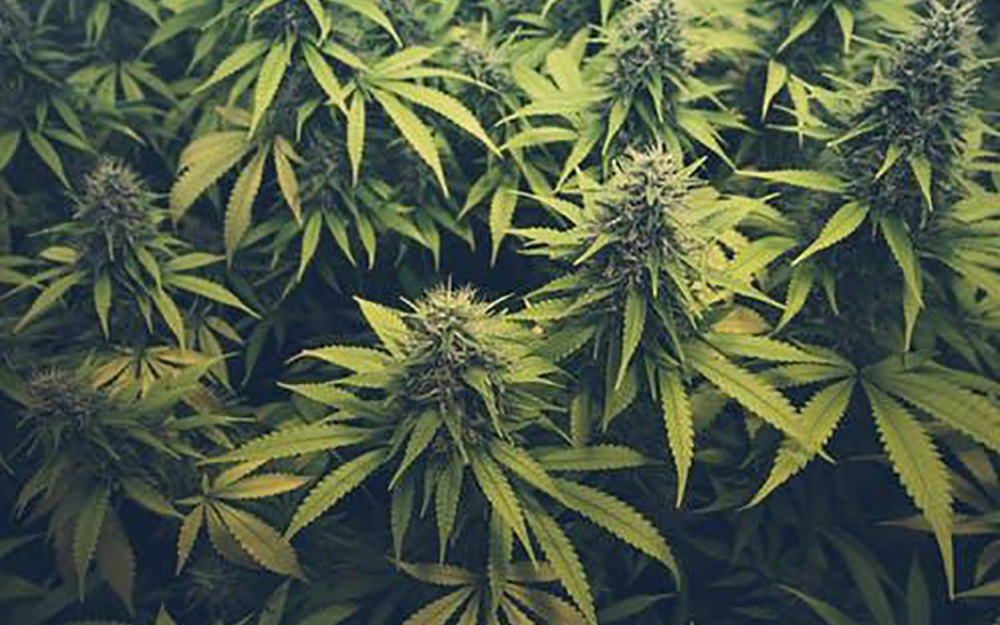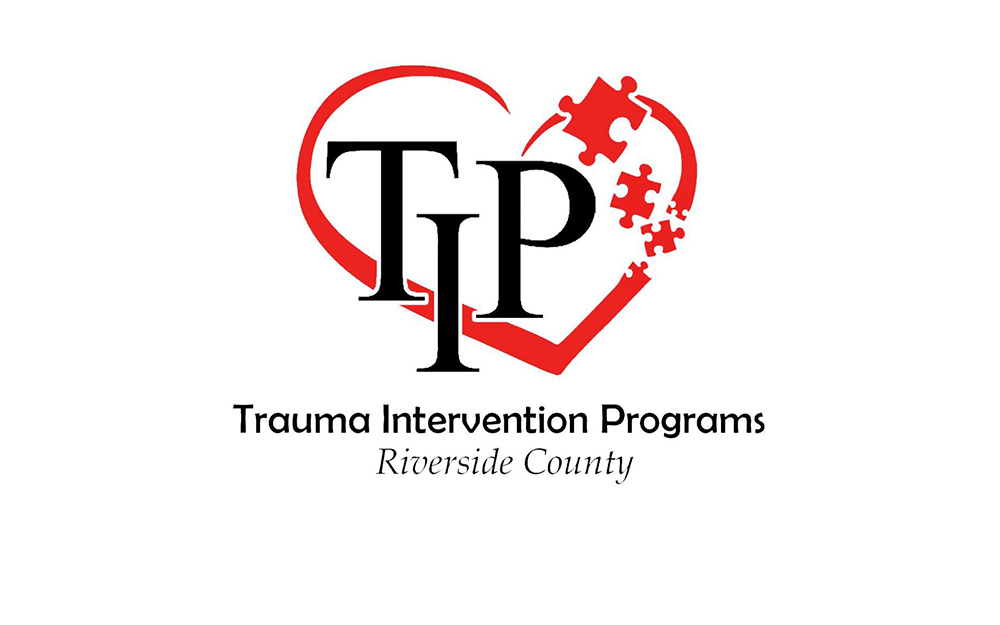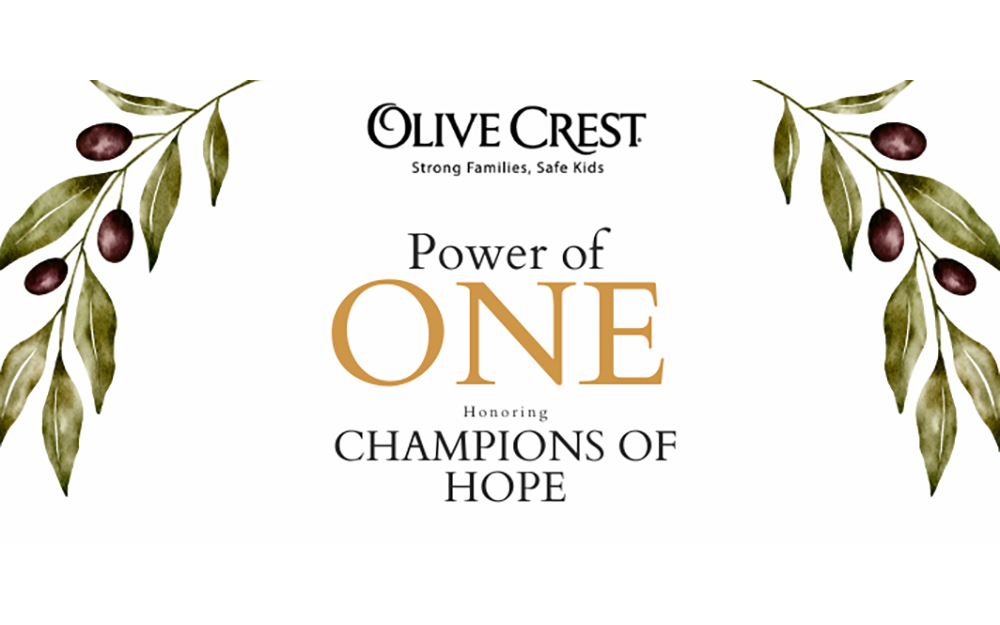
By Michelle Ann Rizzio
In the recent years cannabis in the Coachella Valley has become a culture with industry diversity ranging from dispensaries being approved across desert cities filling prior empty buildings to corporate cultivation sites constructing indoor growing operations in the Coachella Valley’s dirt lots. In 2016, California voters approved Proposition 64–the Adult-Use of Marijuana Act–quickly cementing the Coachella Valley’s status as a cannabis mecca. Today in the Coachella Valley there are over 25 operating legal dispensaries in 4 cannabis-friendly cities, 2 open consumption lounges, and countless cultivation sites owned by local growers and international growers alike. A quick job search on indeed.com for “cannabis” results in brands and companies from outside of the valley infiltrating the desert cities with lucrative job postings for Brand Ambassadors, Sales Reps, Cultivation Managers, Packaging Staff, and administrative opportunities. Not only is outside commerce capitalizing on this new market; local commerce is thriving as well.
Proposition 64 went into immediate effect on November 8, 2016 allowing immediate recreational use of cannabis and continued medical purchase of cannabis. Recreational cannabis was not able to be regulated and purchased until phase 1 compliance was enacted on January 1st, 2018. In June of 2017, the Medicinal and Adult-Use Cannabis Regulation and Safety Act (MAUCRSA) was created into a single regulatory set of rules under three different state agencies. All aspects of cannabis from seed to sale are created, regulated, and enforced by the California Department of Food and Agriculture, the California Department of Public Health, and the Bureau of Cannabis Control (BCC). In July of 2018 phase 2 of compliance went into effect, ensuring quality and safety standards for medicinal and recreational cannabis consumers. Known across California as the “Weed Apocalypse”, phase 2 of compliance ensured that all transitional cannabis goods were destroyed and compliant to a healthy list of testing, packaging, and labeling requirements with newly defined THC limits for edible and non-edible cannabis products. Phase 3 of compliance will be enforced on January 1, 2019 adding additional testing for terpenoids, mycotoxins, heavy metals, and water activity.
For a shopper entering a retail storefront or a consumption lounge, things can be a bit intimidating! Standing in front of an array of cannabis products with very little to no information available beyond each specific brands logo, look, and feel is enough to make anyone not know where to start. Perhaps you have ethical standards and want your cannabis to be organically grown. Maybe you like indoor cannabis with a frosty and tight aesthetic. Maybe you just want to see what the highest THC% is on the shelf with the biggest bang for your buck. No matter the case, your budtender is waiting to open the gates to the land of cannabinoids and offer their expertise on the matter at hand.
Cannabis itself offers a multitude of benefits that synergistically work with our human bodies along with other mammals. Within our body lives the endocannabinoid system. This is a biological system composed of endocannabinoids which are created by our own bodies and have interactive receptors in our brain and throughout our central and peripheral nervous system. The endocannabinoid system is involved in physiological processes like pain, sensation, appetite, and handles how the psychoactive effects of cannabis present themselves. When our body does not create enough endocannabinoids deficiency happens and presents as a variety of conditions. Overuse of antibiotics, pesticides, and free radicals in our environments can dull out our body’s capability to stimulate the endocannabinoid system; hence the need for phytocannabinoids found in cannabis. Historically, prior to cannabis and hemp prohibition phytocannabinoids were in the majority of our food supply. It was used as feed for all the livestock in our then food system. Correlation between the complete removal of phytocannabinoids from our food supply due to prohibition and the increasing rate of autoimmune and neurodegenerative diseases are fascinating to ponder. We should honestly be looking at cannabis as a vitamin for our endocannabinoid systems.
In the coming weeks you can look forward to articles regarding the cannabis business, legalities, cultivation, and the herb itself as well interviews with your next favorite cannabis brand, features on your neighborhood dispensary, budtender reviews, and the latest in cannabis as a wellness tool.










































